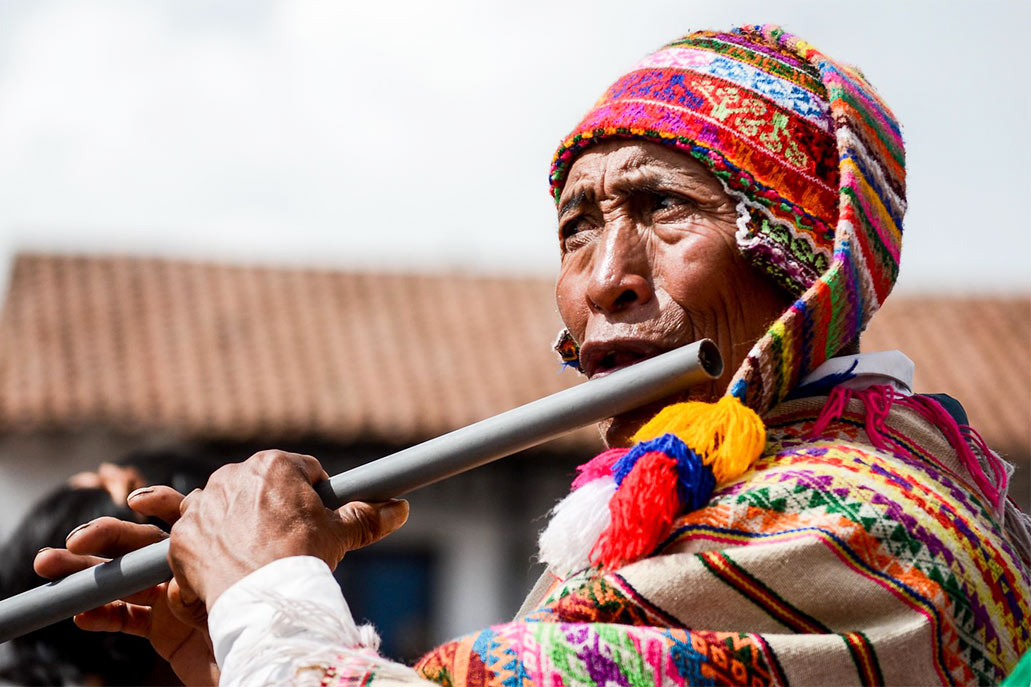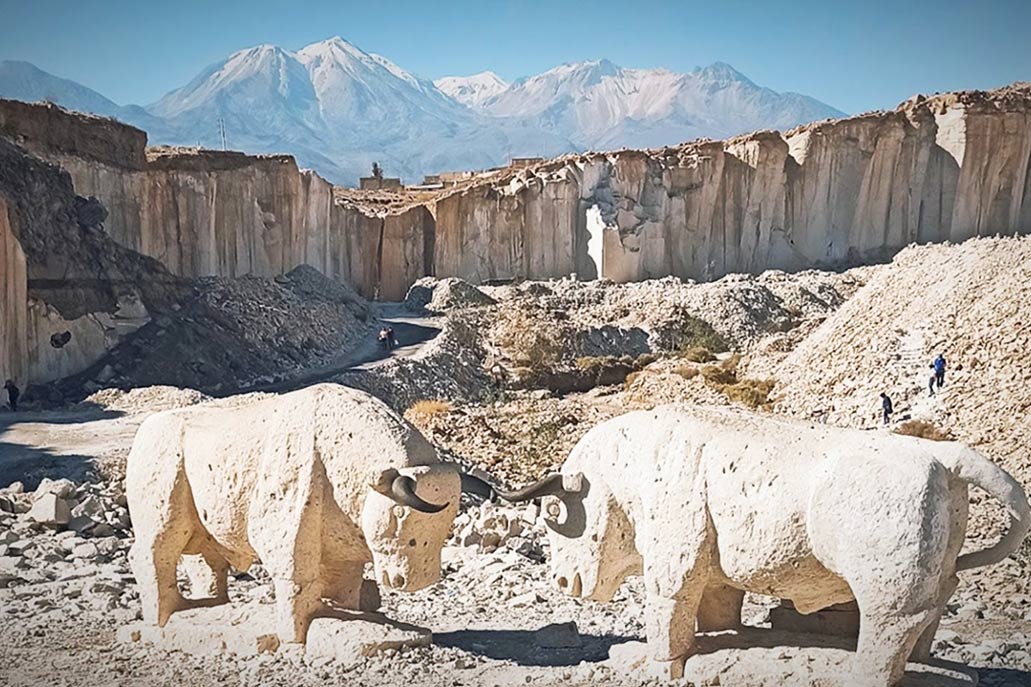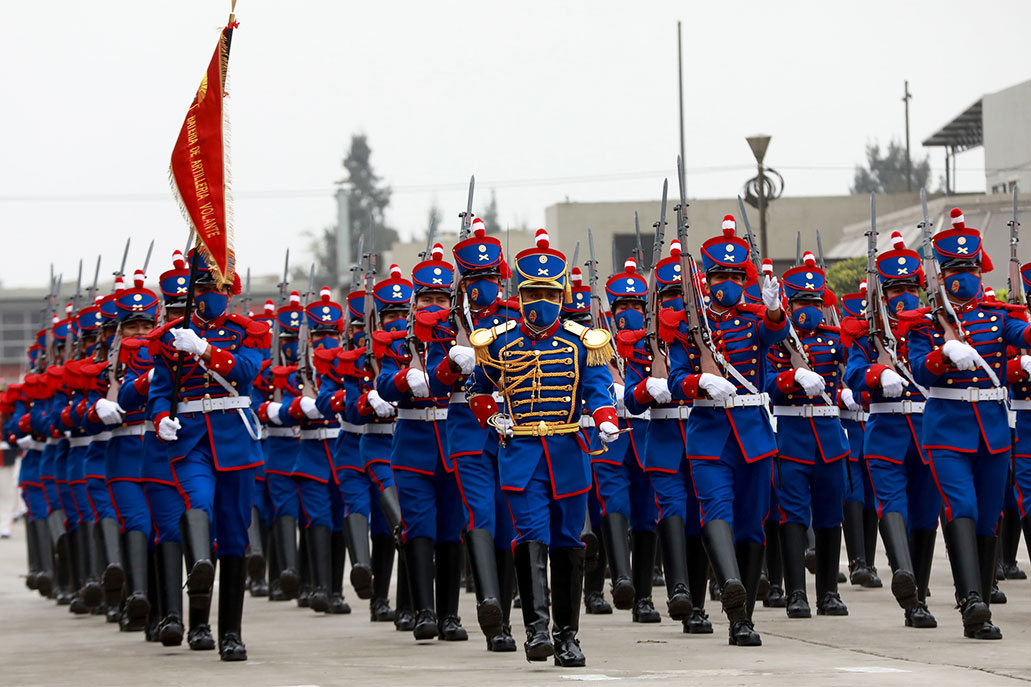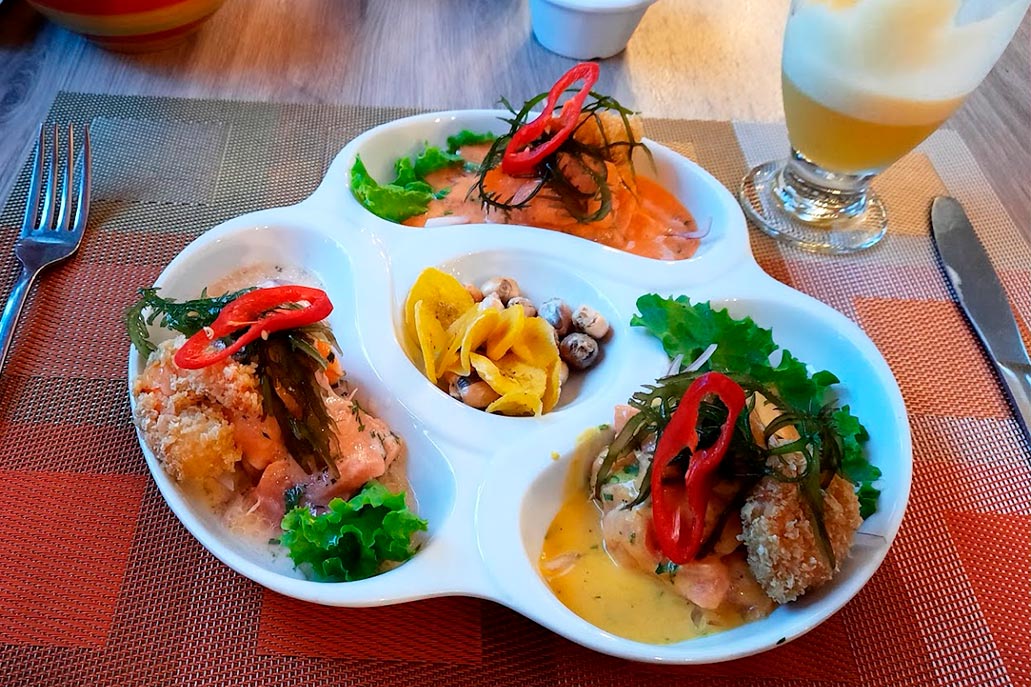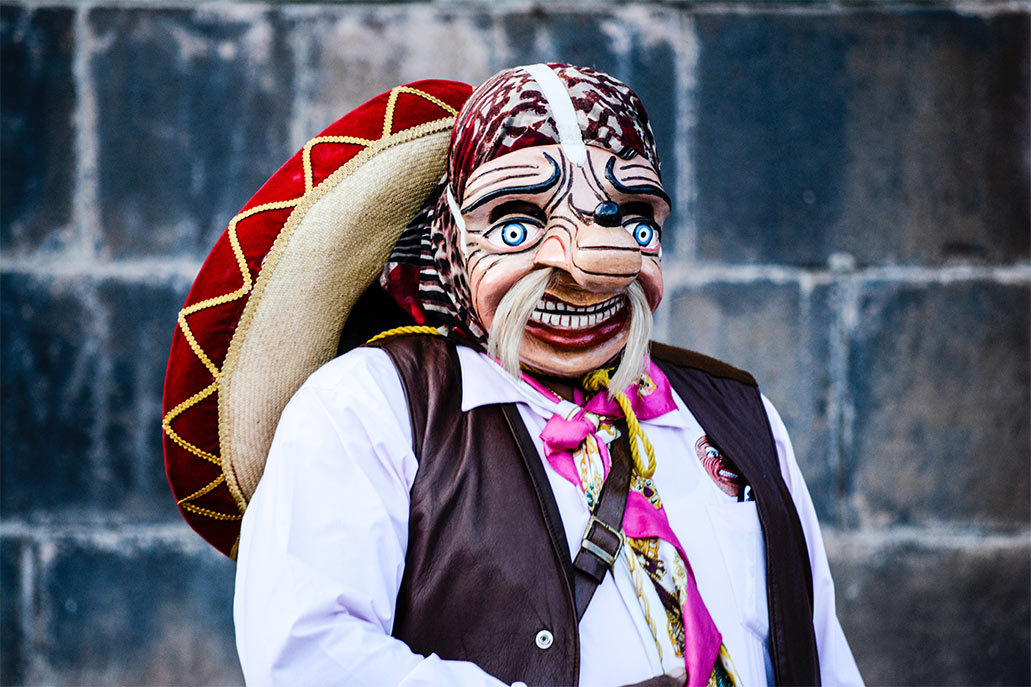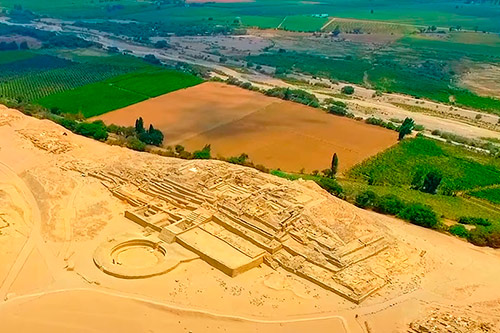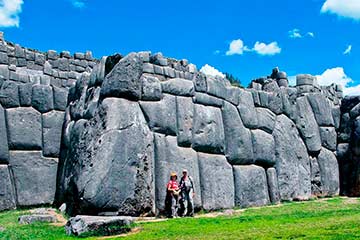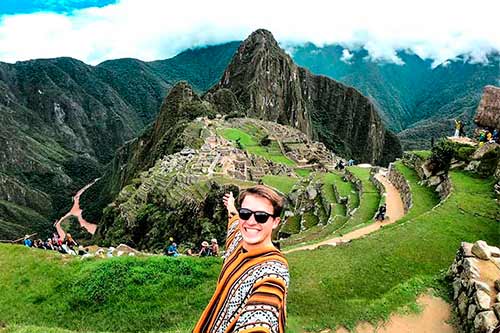The traditions and customs that the Peruvian inhabitants inherited are mostly linked to religion and gastronomy. In this sense it is easy to understand that the passage from generation to generation has passed almost without interruption. What we have just mentioned led to one of the best gastronomic fusions in the world. Peru receives primary influence from the native products of this territory, ingredients that were mostly important to the first humans who settled. Later, it would receive the influence of the Spanish colonization, later Chinese, Italian, Japanese and African cooking techniques would be integrated. In Peru, all this was not necessary, because little by little it was adopting different customs of different types. Here we will learn more about all these human expressions. Join us!
Recommendations of articles on Customs and Traditions in Peru
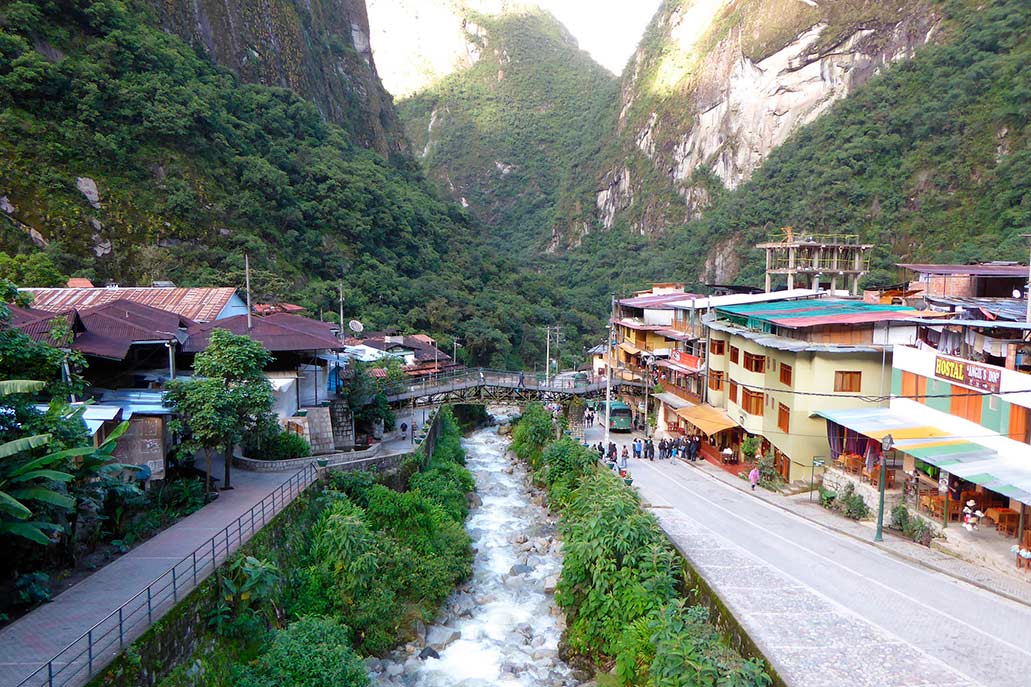
10 towns in Cusco that you must visit
Cusco is a department of Peru located in the Andes mountain range. It is famous for different tourist attractions such as the Humantay Lagoon, the 7 Color Mountain, the Sacred Valley of the Incas or, of course, Machu Picchu…
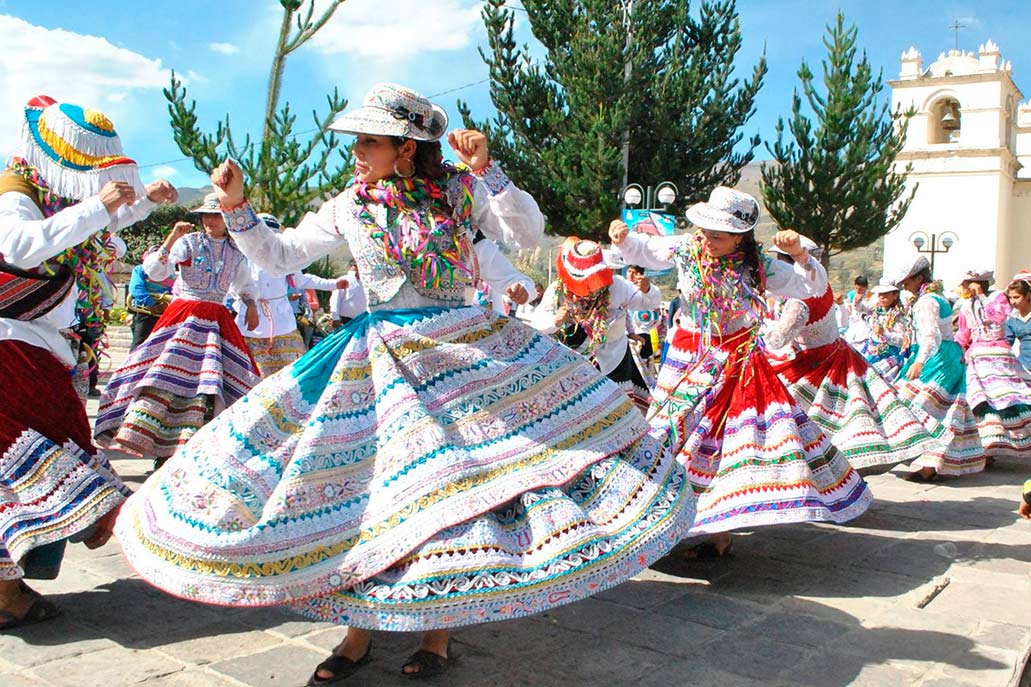
5 data of the wititi dance
In the Colca Valley, there is a wide variety of attractions and traditions. one of the most colorful and recognized is the dance called wititi. This Arequipa dance is quite particular, starting with the costumes…
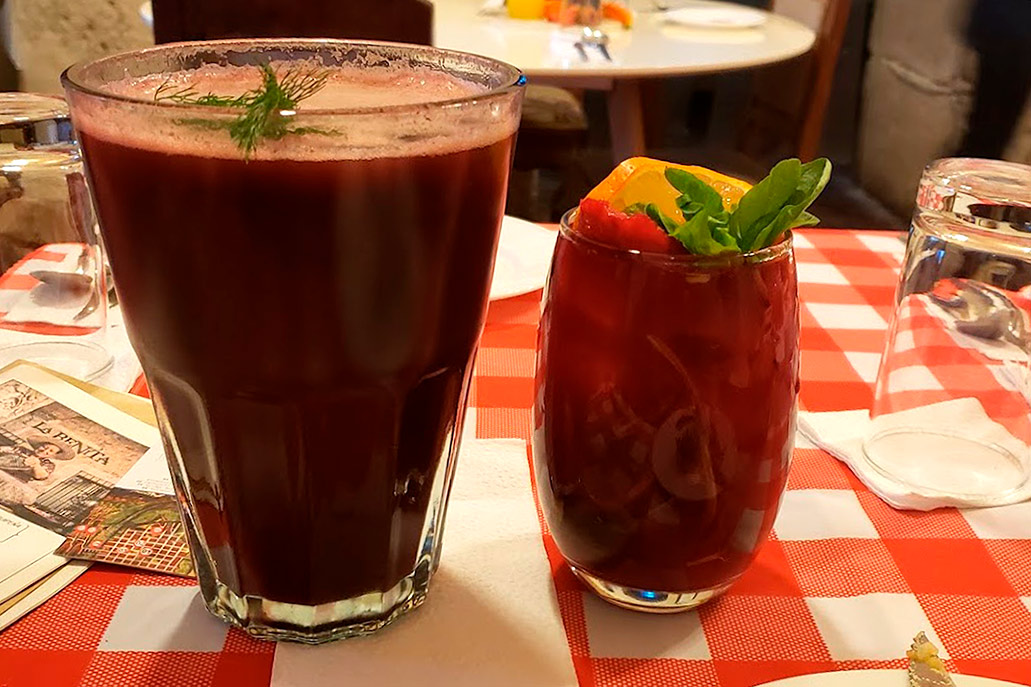
The chicha of guiñapo
Arequipa is one of the many cities that consume chicha, but one of the few that boasts about the chicha it displays for all its visitors. Since 2013 the “spicy society of arequipa” has been celebrating…
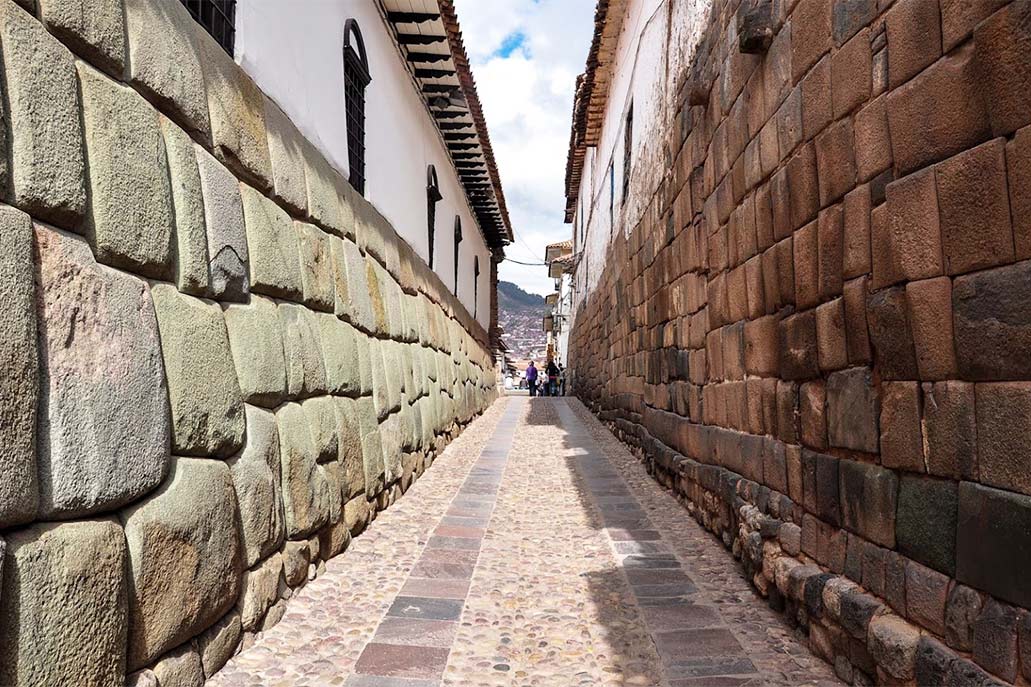
10 streets of Cusco with a lot of history
Cusco was the capital of the Inca empire. For this reason, its streets hide a past full of history and mysteries. many of them have their origins in the same Inca period. others were built in colonial times…
Customs and traditions in Peru
Although a tradition can be understood as a continuous succession until it becomes a custom, both are very important to understand the identity or identities of a nation. In other words, a tradition is a custom that is configured with the intervention of cultural agencies that are particular to a group of people. For example, religious festivities started as a custom and over time became a custom. We will see this, for example, in The History of the Lord of Miracles. This case is a clear example, currently not only the faithful pay homage to it, but you can find the media that is in charge of counting and showing all the details of this festivity.
As we see a tradition or a custom will delimit some behaviors that are transmitted from generation to generation. Other similar ones can occur, but they do not promote identity in the entire population. From this point of view, different positions can be appreciated about what Peru is and the different identities that proclaim themselves as the identity of this country. The strongest can be divided into non-Andean and Andean customs. This whole issue is complex and we hope that the information you find here can help you.
Andean customs in Peru
Before the arrival of the Spanish, the Peruvian territory was home to a large number of cultures. Most of these perished or succumbed to the terrain so difficult to master. The vast majority of cultures settled on the coast emigrated to the Andes and the great empire of Tawantinsuyo was gradually created there, which was later invaded by the Spanish. In this sense, and after the expressed dominance of the Tawantinsuyo, many of the customs and traditions endured despite the imposition of a new culture and religion.
The stars and nature played an important role in the development of these cultures. Most of their mythology narrates events that directly involve the sun and the moon. It is likely that they have understood the movement of the stars to better understand climate changes such as the rainy or dry seasons, which correspond to the seasons of the year. They also designed their own year that was based on agriculture. The beginning of this year is still celebrated in Cusco and is known as the Inti Raymi or Festival of the Sun. Other activities that still persist in a large part of the collective imagination of the Andes is the “Thanks to Pachamama” or Payment to Mother Earth . Something similar happens with the cleaning and purification of rivers, lakes and lagoons. All these activities are carried out on specific dates.
Colonial customs of Peru
Although today there is freedom of worship, at the beginning of the colony, worshiping another deity was considered a sin. All the time that the colony lasted, a massive evangelization was carried out, proof of this are the different churches that we can find both in Cusco and Lima, which were the main places to start the evangelization.
With the passing of time and despite the aggressive evangelization by the settlers, some customs endured and were inserted into the Catholic imaginary, achieving a rather interesting syncretism. An example of what we have just mentioned is the phenomenon that can be seen in the illustrated paintings of the Cusqueña School or also known as the Andean Baroque. In these paintings, the harmonious coexistence of Catholic deities and Andean deities expressed in the sun and the moon can be perceived in a subtle way.
The natives of Tawantinsuyo were not the only ones subjected to the Spanish yoke, with time slaves from the African continent arrived. They were in charge of working in the sugar cane fields. This new input would later be a fundamental point for Peruvian confectionery, just like milk. Unfortunately, the Afro-Peruvian community remained in the same condition for more than a hundred years. Later on, Chinese colonies would arrive in similar conditions and had a similar fate, despite the fact that slavery had already been eradicated in Peru. Little by little Italians and Germans arrived, all these integrations would fertilize a new gastronomy that adopted the best of each of the cultures.
All these details that we touch superficially, provide a degree of identity for the Peruvian population, on the other hand, it generates certain unnecessary and meaningless disputes. In any case, Peru is a destination that houses different destinations for all kinds of people and especially ideal for family trips.
What are the most popular festivities in Peru?
Many of the festivities found in Peru have an Andean origin, especially those involving the Catholic Church. For example, the case of the Virgen de la Candelaria, which is celebrated in Puno during the month of February, was created with the intention of achieving a more thorough evangelization. In this way the image of the mother of Jesus Christ would be imposed on the Pachamama or Mother Earth. All the figures of the saints follow this idea, but they manage to have a large number of faithful or followers. The most popular festivities in Peru in general are the following:
- ✓ Virgin of the Candelaria.
- ✓ Virgin of Carmen.
- ✓ The Lord of Miracles.
- ✓ Inti Raymi.
- ✓ Virgin of the Door.
- ✓ Lord of Qoylloriti.
- ✓ The carnivals.
- ✓ Lord of Huanca
- ✓ The presentation of folk dances.
- ✓ Payment to the Earth or Pacha Mama.
- ✓ Virgin of Chapi.
- ✓ Saint John festivity.
- ✓ Easter week.
- ✓ Corpus Christi.
- ✓ National Holidays.

